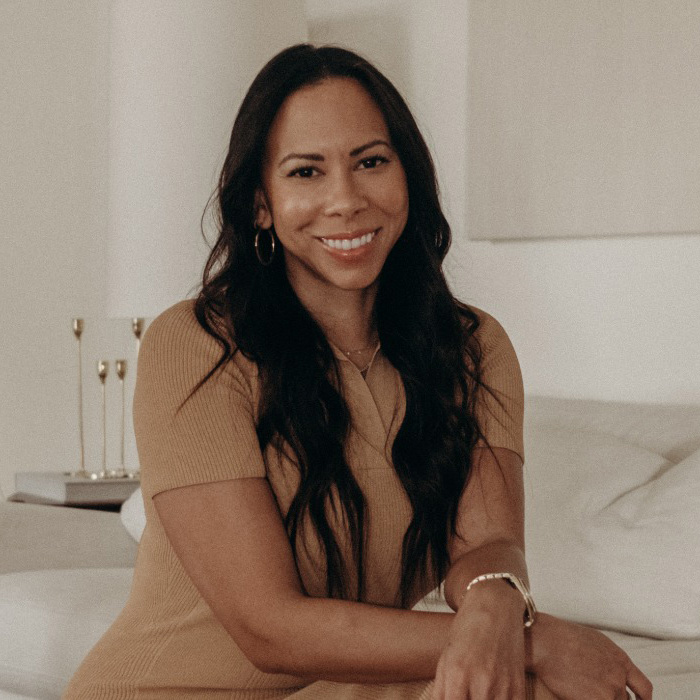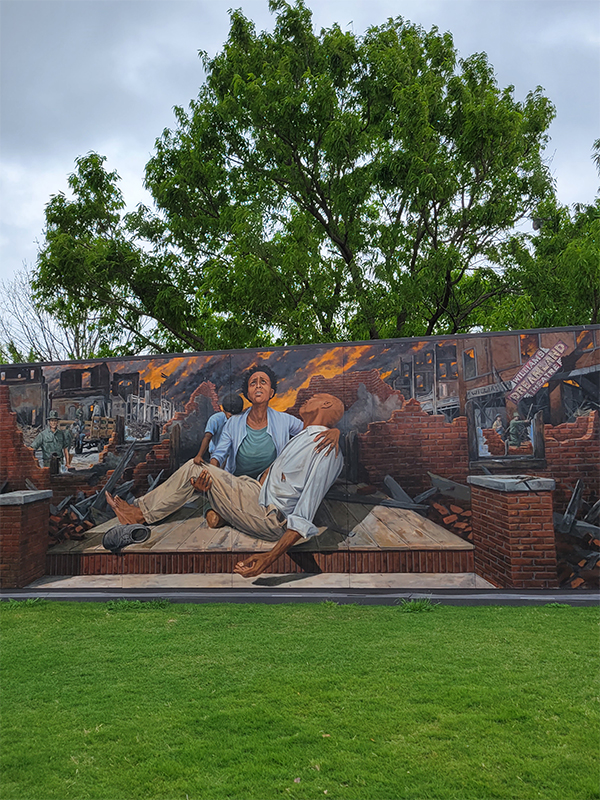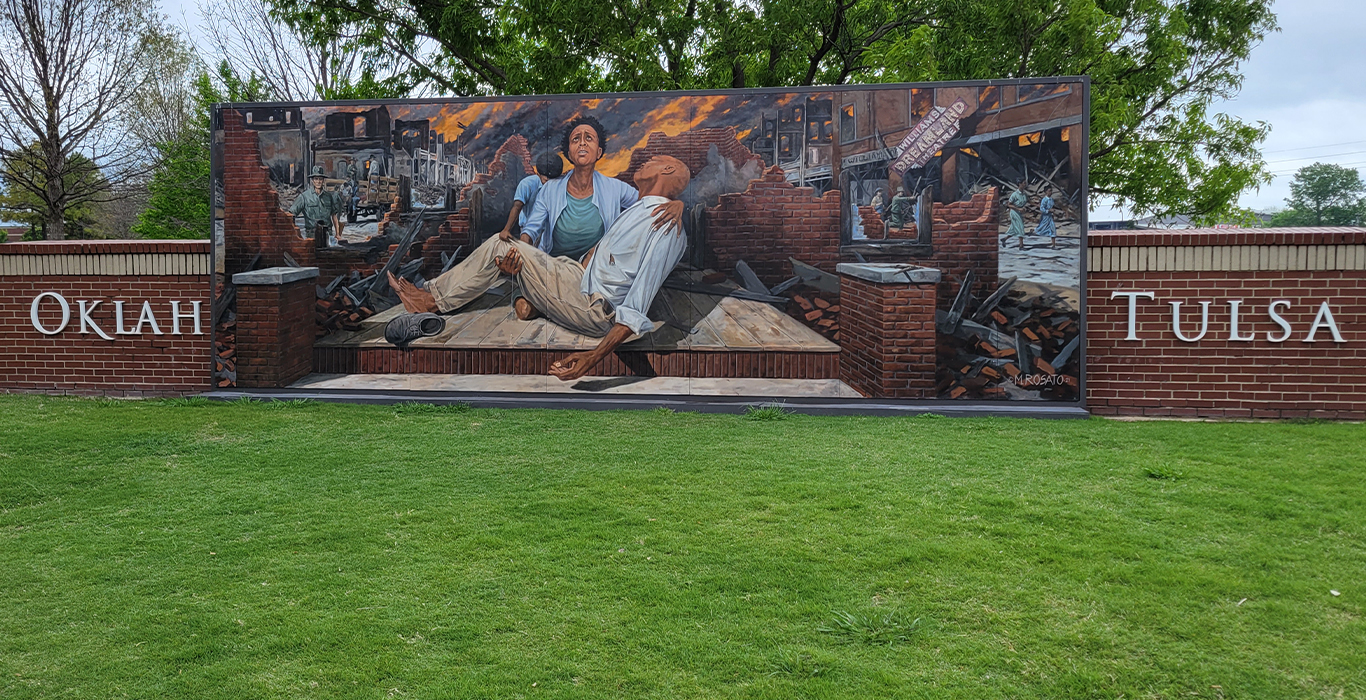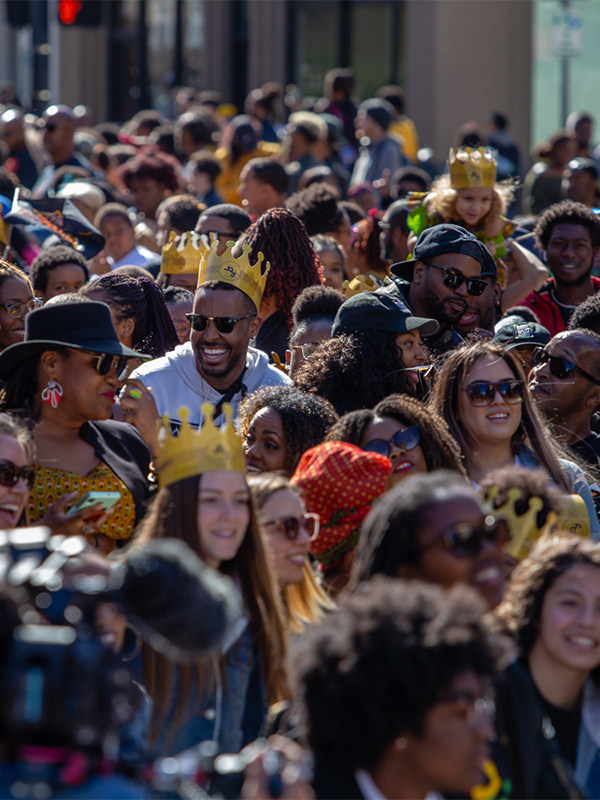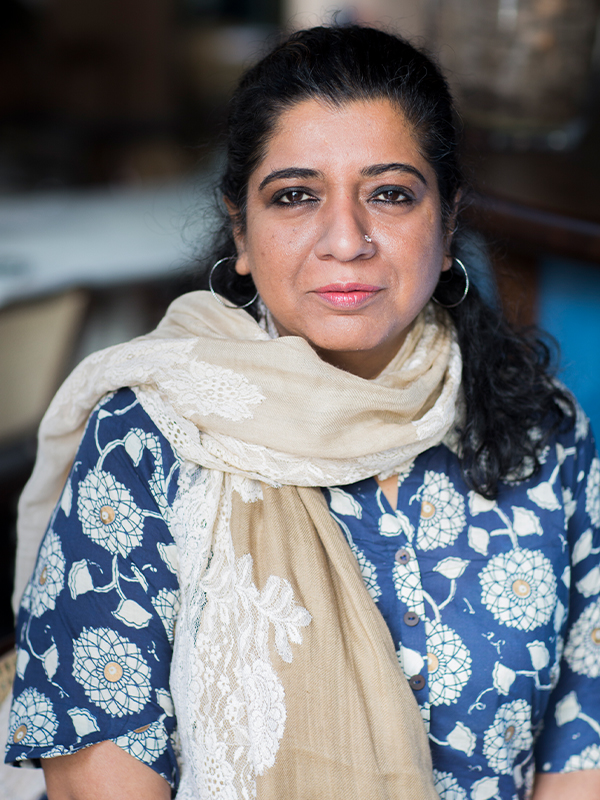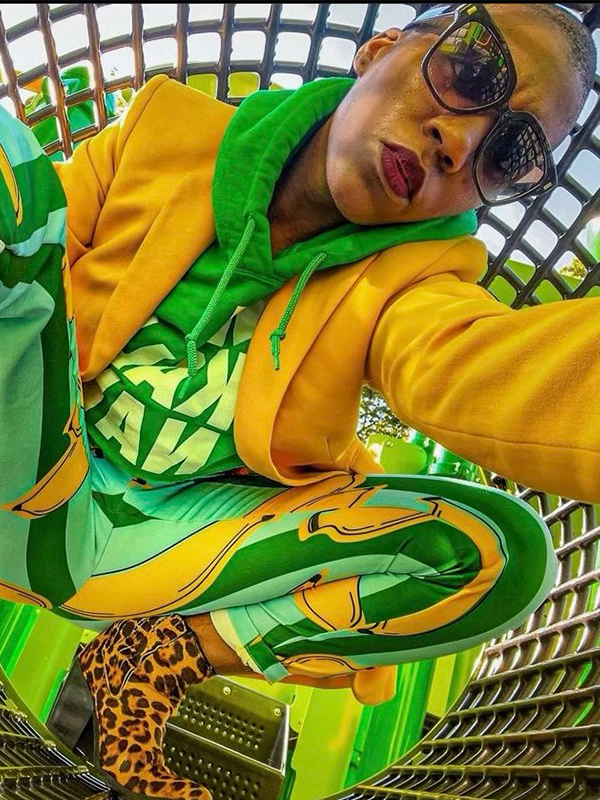I didn’t know about the Tulsa Race Massacre of 1921 until I moved to Tulsa, Oklahoma, when I was 16 years old. As an adult, who has now lived in five states and two countries, I’m still not surprised when I meet people who have not heard about what took place in American history on May 31, 1921.
When I moved to Tulsa (from Detroit, Michigan) in the early 2010s, my new home was quite divided. Hispanic people lived in east Tulsa. Black people lived in north Tulsa. And the rest of the city, which was painstakingly superior to the naked eye, was predominately white. What I didn’t know at the time was that the economic and social division of the city was deeply entrenched in the city’s painful and racist history.
Here’s a summary of that history: The Greenwood district, which was known as the “Black Wall Street,” was a bustling, thriving community in the midst of the Jim Crow era. The neighborhood was home to the Black middle class, with an almost autonomous economy where money circulated between Black banks, Black-owned businesses and its residents. After rumors circulated that a young Black man had assaulted a white woman in an elevator in a downtown building, a mob of angry, white Tulsans took to the streets, looting and burning down the thriving Black neighborhood.
The Greenwood District was decimated. Thousands of Black-owned businesses were burned. Black men were shot and killed. Airplanes dropped explosives overhead. Women and children ran to escape on foot on the railroad tracks.
Today, there’s about a block and a half of what remains of the Greenwood District. I recently went back to Tulsa earlier this spring. Driving through the neighborhood, it felt like an out of body experience. It is still hard to imagine what happened here. It is estimated that 35 acres of commercial and residential property were destroyed, 10,000 Black people were displaced, and anywhere from 75 to 300 Black Tulsa residents were murdered that day. But we don’t know the actual numbers because, for many years, city officials refused to acknowledge what happened. Bodies were thrown in the river or in mass graves. No white person was ever arrested or charged.
The Impact of the Tulsa Massacre on Black Business
In the aftermath of the 1921 race massacre, lawmakers strategically described the event to the media as a “race riot” in order to avoid taking on the responsibility of rebuilding the city. Property owners’ and homeowners’ insurance claims were denied, and the district never received restitution funds from the local, state or federal government.
Despite these obstacles, Tulsa’s Black residents salvaged what they could and set their eyes on rebuilding their community. Four years after the massacre, community leaders hosted the National Conference of the National Negro Business League to build morale and strategize on reinvigorating the business community. By the 1940s, more than 242 Black-owned businesses had sprung up in the area.
However, white supremacy took its toll once again, this time in the form of legislation. From the 1960s to the 1980s, city planners released a plan called “the Urban Renewal Project” that devastated the Greenwood community once again, with redlining that prevented the flow of capital to the community and the expansion of the district.
It’s hard to ignore the effects of events like that of the Tulsa Race Massacre and its ongoing impact on the Black community. Today, in the U.S., the total racial wealth gap—the disparity between the wealth of Black and white Americans—is estimated to be $10.14 trillion. As a result of decades of systemic racism that has inhibited Black Americans’ ability to build, maintain and pass on wealth, Black households hold a tiny fraction of national wealth. While Black people comprise more than 13% of the U.S. population, Black entrepreneurs only receive 1.2% of the $147 billion of venture capital invested in U.S. startups.
This pattern is mirrored in Tulsa, where “Black Wall Street” is no longer existent. Black residents make up 10% of the population, but Black-owned businesses comprise only 1.25% of the city’s nearly 20,000 businesses. North Tulsa, where the majority of Black residents live, is home to fewer businesses (including grocers, banks and lenders) and more abandoned or dilapidated buildings. Moreover, one-third of residents in North Tulsa live below the poverty line.
Progress on the Horizon?
How do we take action to support Black businesses and the Black community in Tulsa and across the country? Maybe it first starts with acknowledgement and accountability.
May 31, 2022 marks the 101 anniversary of that fateful day in Tulsa when a white mob destroyed the Greenwood District. There are three known remaining survivors—Viola Fletcher, 108, Lessie Benningfield Randle, 107, and Hughes “Uncle Red” Van Ellis, 102. They never received justice and are still fighting for reparations for themselves, their families, and the descendants of deceased victims.
Earlier this month, on May 18, 2022, a New York philanthropist gifted $1 million to the survivors in hopes of accounting for the wrongs they faced. But the co-founder of the philanthropy, Ed Mitzen, emphasizes that there is “a difference between a gift and justice.”
Fletcher, the oldest survivor, testified last year before the House subcommittee: “I’m asking my country to acknowledge what happened in Tulsa in 1921. The neighborhood I fell asleep in that night was rich, not just in terms of wealth, but in culture, humility and heritage…within a few hours, that was all gone…Our country may forget this history, but I cannot. I will not.”
Events like the Black Wall Street Legacy Fest show signs of a city that is beginning to acknowledge its painful history. This year’s commemoration includes panels, performances and guest appearances by Senator Cory Booker, Pulitzer Prize-winning reporter Nikole Hannah-Jones and rapper David Banner, to name a few. There are also social hashtags like #BuyBlack that encourage the support of Black-owned businesses in Tulsa and nationwide. The Tulsa Black Owned Business Network seeks to support and amplify Black entrepreneurs in order to close the profit between Black-owned businesses and non-Black-owned businesses.
However, when we look at the impact of the horrific events of 1921, it’s evident that this is not enough. In order for there to be change, the onus should not fall solely on the Black community, who often bear the burden of fixing centuries of racial inequity to close the gap.
In the famous words of James Baldwin, “Not everything that is faced can be changed, but nothing can be changed until it is faced.” America still has a lot of work to do to acknowledge the loss of life and the history of violence against Black people, Black wealth and Black joy. Instead of being remiss about remembering the full scope of America’s history, we must use it to propel us forward to an equitable future.



